A Message from the Sidewalk
Growing up in America, I could not really fathom the effect the Second World War had on Europe. The longer I live in the Netherlands, the more I recognize this reality: the enormity of the Holocaust’s indelible and visible scars are inescapable.
Throughout Europe structures, monuments, statues, and symbols recount and remind of the horrors of that period. Millions of lives were lost. Families tragically were altered forever. Acts of courage and humanity are honored as well.
I recently “stumbled” upon copper plaques embedded in the cobblestones in front of a home in the city where I reside. Three metal plates, engraved in Dutch, bore the names of individuals who lived in this house prior to their arrest by the Nazis. Their date of birth, date of transit,[i] and the date and camp where they were murdered were also given.
Each plaque told a portion of the story of this young family: father, age 27; mother, age 33; one little girl; age 2. Three lives, coldly snuffed out. Their crime? Being Jewish.
I gazed for a moment at the brick house where they had lived. Certainly, some changes have been made over the years, but I expect it looked much like it had 74 years ago.
My eyes swept the view of the nearby canal the inhabitants must have seen each day. I continued along the flat block sidewalk toward the center of the city – just as they often must have done decades ago.
Suddenly the damp air that filled my lungs didn’t seem like an unnoticed involuntary physical act. Instead drawing breath was a gift. I was alive. My emotions and senses were fully attentive.
My thoughts returned to those three names. What had they experienced? What raw, horrific scenes must have passed before their eyes before being killed?
I ambled past more russet-hued brick homes. With every step, my eyes were glued to the pale speckled paving blocks.
Within a couple hundred meters, I located 11 more copper plates. Different names and ages – but a shared abhorrent fate, indicated by the date and the place of their murder.
Since, that initial discovery I have located over 100 such memorial plates throughout our city. Most are for Jewish victims. But “Resistance fighters” who actively opposed the Nazi occupation or hid Jewish people are also commemorated.[ii] These smooth copper plates don’t tell the full stories of the lives they represent. But they offer something valuable: remembrance of the victims.
A resolute cry rose out of the Holocaust: “Never forget.” The phrase was adopted by Jewish communities world-wide and echoed by Europe itself.
Today, antisemitism is rising in much of Europe. Has “Never forget” been forgotten? Or is it that people just don’t care? As believers, we recognize the reality of the spiritual battle that continues to rage against the Jewish people.
What about me? I asked myself.
What would I have done in 1941 as my Jewish neighbors were stripped of their rights and forced from their homes?
Would there be a copper plate with my name on it, or my family’s?
Would there be years of guilt or denial or scars from decisions made or not made?
The “sidewalk memorials” to what happened right in my neighborhood serve as continual reminders of the smothering reality of evil in this world. They serve as sobering challenges to continue to share the truth of the gospel, “to the Jewish people first,”[iii] and to the rest of the world.
True salvation and hope are found only in Jesus the Messiah.
Written by Jeff , LIFE Staff Member
Let’s engage! We may wonder “What would I have done…?” to assist the persecuted in the past. But what are we doing TODAY?
Where do you see opportunities to speak up for the oppressed and afflicted in your sphere of influence?
How do you respond when a racist joke is told or an antisemitic attitude or action is observed?
[i] Most Dutch Jews arrested by the Nazis were interned for a time in Westerbork, a transit camp not many kilometers from my home. See https://www.britannica.com/place/Westerbork-transit-camp-Netherlands. About 100,000 Jewish people – including Anne Frank – were sent from Westerbork to the Auschwitz death camp.
[ii] Many who aided the resistance were executed after their arrest or sent to death camps for extermination.
[iii] Romans 1:16
